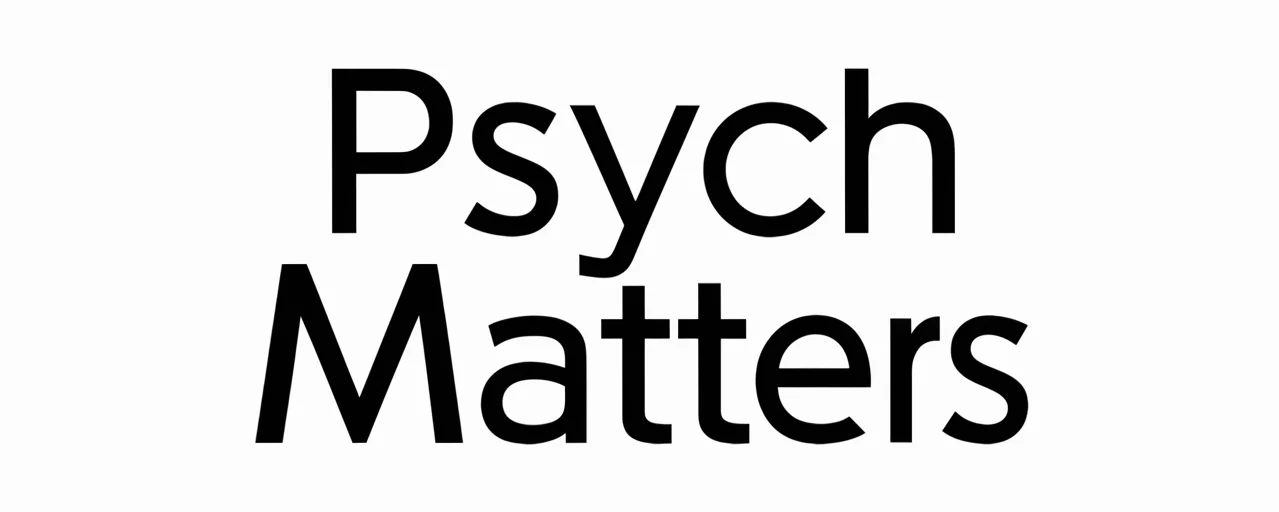Unlocking Learning Power: The Psychology of Productive Failure
Introduction: The Upside of Failing – What Is Productive Failure in Learning Psychology?
In educational psychology, productive failure (PF) describes a structured learning design where learners engage with complex, novel problems before receiving direct instruction. This deliberate sequence ensures that initial struggle and even failure act as catalysts for learning rather than setbacks. Instead of viewing errors as obstacles, PF frames them as opportunities to activate prior knowledge, pinpoint knowledge gaps, and increase receptiveness to subsequent instruction. Rooted in constructivist learning and supported by cognitive science, PF shifts the focus from immediate performance to long-term conceptual understanding, cognitive flexibility, and the ability to apply knowledge in new contexts.

Mechanisms Driving Productive Failure
Several cognitive and motivational mechanisms explain PF’s effectiveness, as discussed in research on productive failure’s underlying processes. Key mechanisms include:

- Activation and differentiation of prior knowledge: Learners draw on existing schemas to attempt solutions. This initial engagement sharpens contrasts between correct and incorrect understandings, fostering conceptual change.
- Focused attention on critical features: Struggle before instruction primes students to notice subtleties in concepts during subsequent teaching, reducing cognitive overload as emphasized in cognitive load theory.
- Explanation and elaboration: Attempting to articulate and justify one’s ideas deepens processing, tapping into the generation effect in memory research.
- Organization into coherent understanding: Post-problem instruction helps assemble fragmented ideas into a well-structured conceptual model, supporting meaningful learning and schema construction.
Benefits and Evidence
Empirical studies consistently demonstrate moderate positive impacts of PF on student learning outcomes. According to meta-analytic summaries aggregating data from over 2,000 students, PF yields a weighted mean effect size between 0.39 and 0.44. Benefits include:

- Gains in conceptual understanding: Learners show improved mastery of underlying principles in domains such as mathematics and science.
- Enhanced problem-solving and transfer: Exposure to cognitive conflict facilitates application of knowledge to novel problems.
- Resilience and growth mindset: Encountering and overcoming early struggle reduces fear of failure and encourages persistence.
Research comparing productive failure versus active learning and direct instruction suggests PF may be particularly beneficial for lower-achieving students, as it emphasizes exploratory learning and trial-and-error engagement before formal teaching.
Designing Productive Failure Experiences
Effective PF design integrates principles from educational psychology and instructional design. Core guidelines include:

- Select appropriate tasks: Problems should be challenging, relevant, and ill-structured enough to prompt diverse solution attempts.
- Delay instruction: Provide direct teaching only after students have worked through initial problem-solving attempts, in line with delayed instruction strategies.
- Encourage collaboration: Group work fosters discussion and elaboration, enhancing metacognition and knowledge construction.
- Scaffold reflection: Post-instruction activities should help students reconcile misconceptions with accurate conceptual models.
Invention activities and exploratory learning phases play a central role, ensuring students build preliminary cognitive structures ready to integrate with canonical solutions.
Overcoming Challenges and Future Directions
Despite its promise, PF is not without implementation challenges. Educators must balance difficulty to avoid excessive frustration, while ensuring sufficient cognitive conflict to promote learning. There is ongoing exploration of whether first-hand struggle is essential, or if observing others’ failed attempts—known as vicarious failure—can provide similar benefits.

Future research is investigating:
- Adaptations for diverse age groups and achievement levels, given indications that very young or high-achieving learners may need modified approaches.
- Optimizing the timing and nature of post-failure instruction to maximize retention and transfer.
- Emotional factors, such as managing the fear of failure and leveraging it to motivate deep learning.
As work continues at the intersection of cognitive science and instructional design, productive failure’s role within broader inquiry-based learning and problem-based learning strategies will likely expand.
Conclusion: Embracing Every Mistake
Productive failure reframes initial errors as a vital step toward mastery, moving beyond performance-based teaching to prioritize preparation for future learning. By engaging learners in meaningful struggle before instruction, PF cultivates deeper conceptual understanding, resilience, and flexible thinking. As evidence grows and instructional design principles evolve, embracing failure as a productive force may become a cornerstone of effective education across disciplines.







